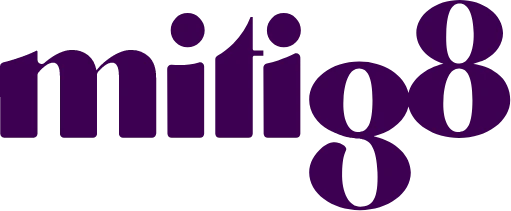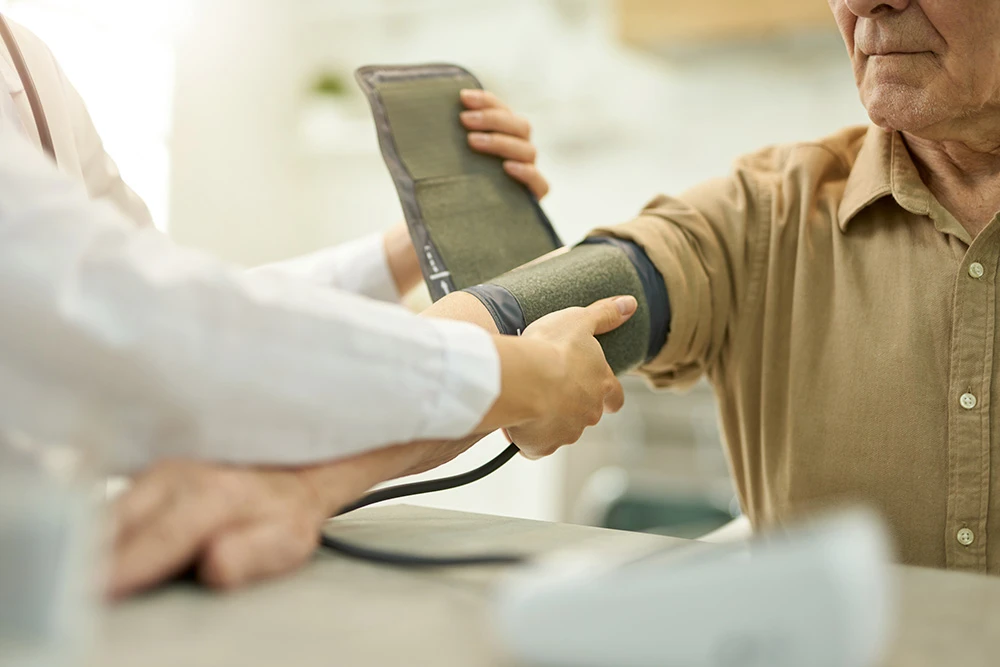As May ends, it is important to recognize High Blood Pressure Education Month and National Stroke Awareness Month. Both raise awareness of two serious conditions that pose an elevated risk for many residents.
High blood pressure, or hypertension, is a major risk factor of heart disease and stroke. 70-90% of nursing home residents have hypertension. The care a resident receives in your facility significantly impacts the management of hypertension. Taking proactive measures can decrease your residents’ risk of complications.
Effective communication plays a vital role in hypertension management. Make certain that pertinent information, including blood pressure readings, is communicated to the provider when a resident leaves the facility for appointments. When the resident returns, follow up with the provider’s orders. Communicate all recommendations to the facility’s physician. Medication reconciliation is necessary after the resident returns from every appointment. A crucial aspect of blood pressure management is making certain that the resident receives all medications as ordered. Update the resident’s care plan as needed. Review the residents’ meals to ensure that they match the diet orders. Communicate any concerns to the dietician. Dedicate time to educate your residents and families and answer their questions. Share updates to the care plan with them.
With upwards of 90% of residents having chronic hypertension, the risk of a stroke increases. Nearly 2 million brain cells die each minute that a stroke remains untreated. Swift action can help save lives. Educate your staff on BE FAST. Ensure they understand the signs of stroke and how to act.
B – Balance– Is the resident suddenly having trouble with balance or coordination?
E – Eyes– Is the resident experiencing sudden blurred or double vision or a sudden loss of vision in one or both eyes without pain?
F – Face Drooping– Does one side of the face droop or is it numb? Ask the resident to smile.
A – Arm Weakness-Is one arm weak or numb? Ask the resident to raise both arms. Does one arm drift downward?
S – Speech Difficulty- Is speech slurred, are they unable to speak, or are they hard to understand? Ask the resident to repeat a simple sentence like, “The sky is blue.” Is the sentence repeated correctly?
T – Time to call 911– If the resident shows any of these symptoms, even if the symptoms go away, call 911 and get them to the hospital immediately.
Communication, education, and care planning are essential in hypertension management and stroke recognition. Being proactive can improve residents’ outcomes and decrease their risk of complications.
Take time to evaluate the current state of your facility and make necessary improvements.


